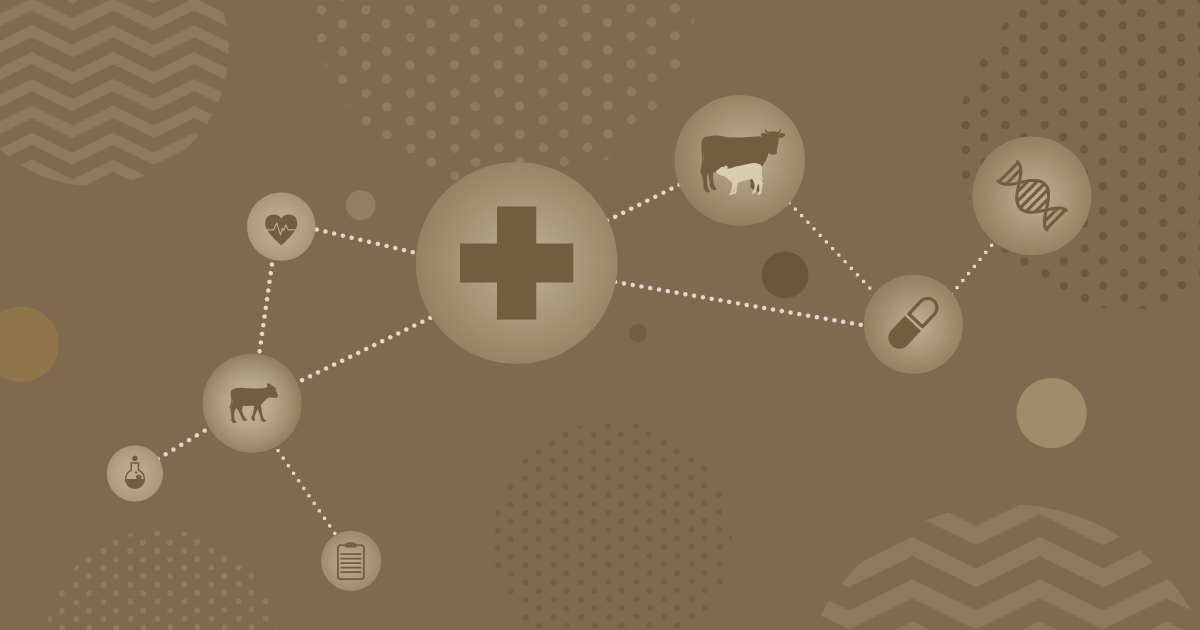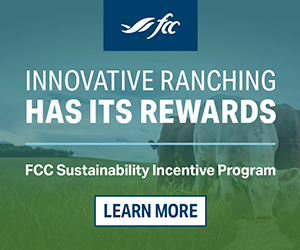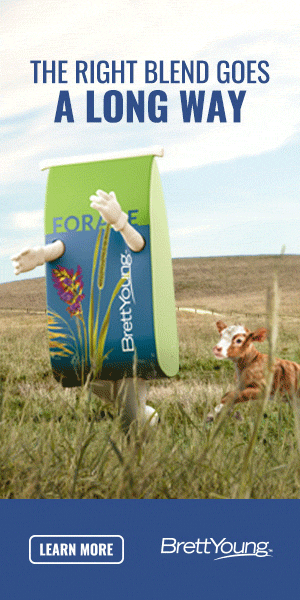AB Direct - Steers
Rail: 500.00 del
AB Direct - Heifers
Rail: 500.00 del
US Trade- Steers
Rail: 360.00-365.00 (IA,NE)
US Trade - Heifers
Rail: 360.00-365.00 (IA, NE)
Canadian Dollar
0.18

Linking calf health and carcass quality
Every event in the life of a newborn calf contributes to their value and quality pre and post weaning. Ensuring that health and growth are constant is the challenge and the opportunity in the cow calf herd.
The linkage between a health event and complications later in life are strong, particularly if the young calf has contracted scours or suffered from a secondary viral or bacterial infection. Not only does an interruption in growth contribute to a reduction in weaning weight, it is also linked to a loss of value in the beef carcass.
Sick calves are often lethargic, have reduced social interaction, are off feed or consume less, may be anorexic and do not drink enough water. Disease and treatment may have an impact on carcass value. Long term usage of antibiotics devalues drop credit in organs such as the liver, and scars on lungs or lesions in the rumen may be present after illness and antibiotic use. The presentation of lung lesions in cattle is directly related to a reduction in marbling, less external and internal fat, lighter hot carcass weight and a reduction in dressing percentage.
Digestive upsets, even early in life, create acidosis – which is the curse for ruminants as it takes a long time to restore rumen pH. Acidosis has an impact on respiration, even in young calves. Bovine respiratory disease (BRD) is a heavy contributor to a reduction in feed intake and carcass value, and has a proven negative impact on tenderness.
Disease may also be an influence on reproductive proficiency. Fever in males can affect sperm and underlying health and nutritional issues will inhibit female reproductive capabilities. The long term health of the calf is determined largely within the first four hours of life when it requires the immunoglobulins found in its mother’s colostrum. Colostrum also helps to establish much needed microbes in the calf’s digestive tract. Ensuring that mother and calf have a constant plane of nutrition is critical as the highest level of lactation is in the first 16 weeks, a time when that calf is dependent on mother’s ability to sustain its growth. Her body condition score (BCS) going into her third trimester will play a part in the wellness of her offspring and as will her age, temperament, vaccination and health history.
Vaccination pre or post birth will not prevent disease if management and environment are not complementary. For calves, soil is the medium under which the culprits for scours such as rotavirus, coronavirus and cryptosporidium thrive, and ground also hosts coccidioidomycosis, E. coli, salmonella and Johne’s disease. It is helpful to provide clean, dry space that is not crowded to reduce the incidence of viral and bacterial disease transmission.
As the demise of the health of a calf, even before it becomes symptomatic, is often a chain or series of events, a veterinarian is an essential partner in the neonatal and pre-weaning plan. Functional care and handling facilities designed to reduce stress and injury to cattle and people mitigate the risk of further stress complications from disease, and are conducive to safely capturing data on that health event.
Never losing sight that the health and welfare of a calf intersects with fertility, carcass quality and the tenderness of beef.
Producers have an opportunity beyond husbandry to be assisted by technology such as observation and behaviour devices, specialized apps to remind the owner when to intervene and what to do through standard operating procedures, data collection systems that track every event in the animal’s life pre and post weaning, during feeding, on the rail and then to benchmark it all. For the commercial cow calf and the seedstock industry, validated data is the segue to making informed choices for optimal health, and in capturing marketable traits and value information throughout the life of the food animal.
To optimize genetic capability in the herd and to link beef product and data history that meets consumer needs – start with the end in mind – never losing sight that the health and welfare of a calf intersects with fertility, carcass quality and the tenderness of beef.
This article was first published in the May 2021 edition of ABP Magazine. Stay tuned to ABP Daily to see more content from the magazine.




